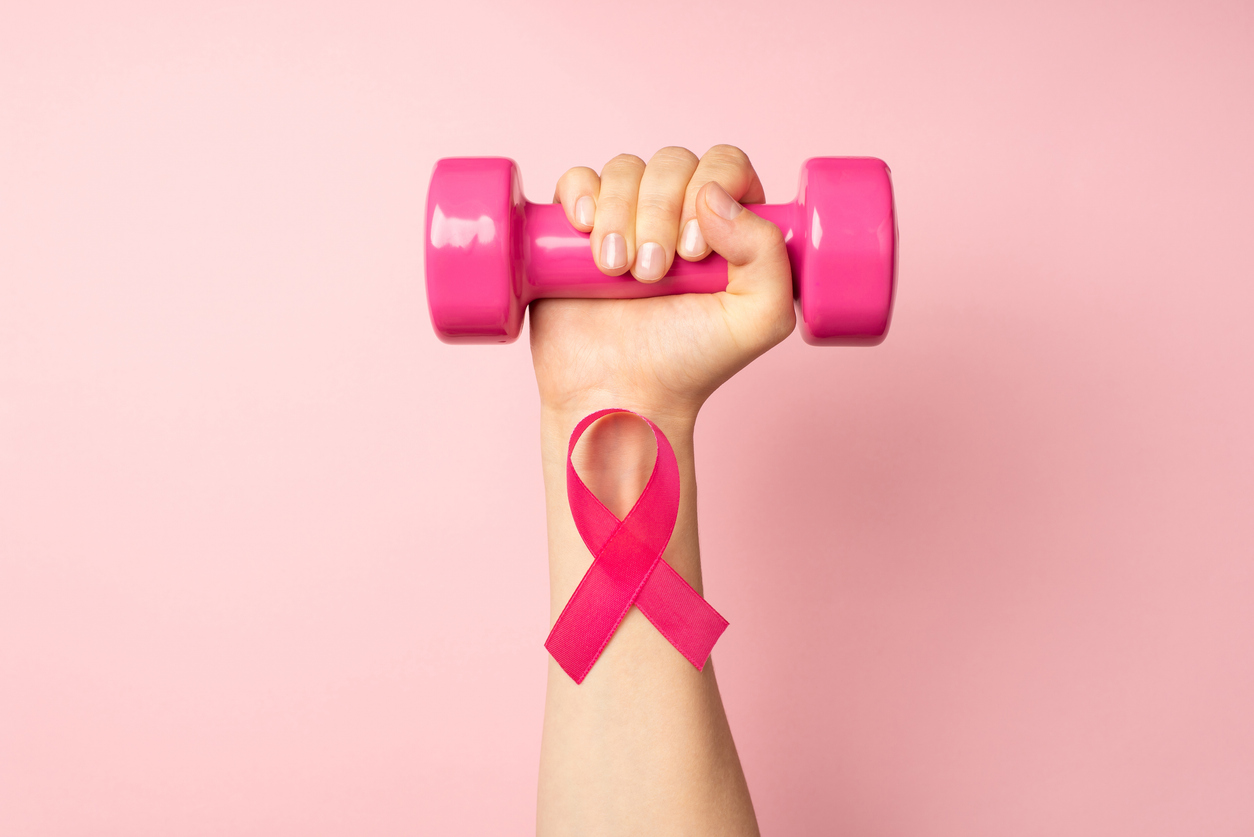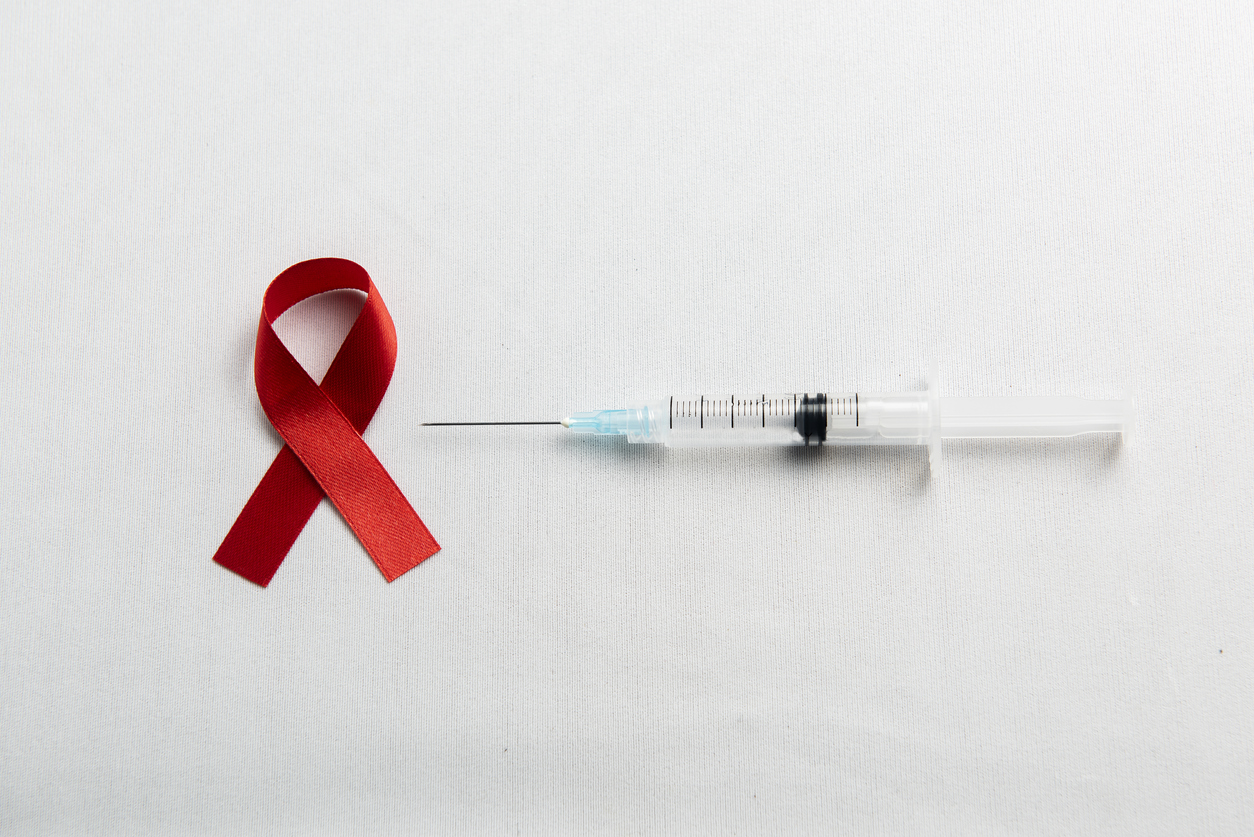2025-10-14
Combined exercise: a winning strategy for cardiorespiratory fitness after breast cancer
Oncology
By Lila Rouland | Published on October 14, 2025 | 3 min read
Although breast cancer treatments have greatly improved survival, they also expose patients to an increased risk of cardiovascular toxicity. This toxicity can lead to a significant decline in cardiorespiratory fitness (CRF)—a key component of overall health that is closely linked to both cardiovascular and all-cause mortality.
Despite growing interest in the benefits of physical activity among survivors, no clear recommendations had previously identified which type of exercise is most effective for improving CRF in this population.
This systematic review and Bayesian network meta-analysis therefore aimed to compare the efficacy of 12 different exercise modalities to determine the optimal protocol for women who have survived breast cancer.
Rigorous methodology: The analysis included 41 randomized controlled trials involving 2,606 participants. Using advanced Bayesian statistical models, the authors evaluated mean differences (MD) in VO₂max, the gold-standard measure of CRF.
The interventions were categorized according to intensity, frequency, duration, training mode (continuous or interval), and whether they included resistance training. The most effective exercise types compared with usual care were:
In addition, M–V + RE significantly outperformed MICT (MD: +2.7; 95% CrI: 0.4–5.0), highlighting the superiority of mixed training programs.
The SUCRA ranking (Surface Under the Cumulative Ranking Curve) placed M–V + RE at the top (88.15%), followed by HIIT + MICT (79.69%), and then M–V alone (76.48%).
Interestingly, the timing of exercise initiation—whether during or after treatment—did not significantly affect outcomes, suggesting that exercise is beneficial regardless of when it begins.
Notable limitations included:
Future research should focus on larger randomized trials that directly compare exercise types, while also evaluating safety, tolerability, and clinical feasibility. It will also be essential to incorporate patient preferences, fatigue levels, and personal constraints into exercise prescriptions. Such approaches could ultimately help integrate combined exercise programs as a standard component of post-treatment care, optimizing cardiovascular health and quality of life among breast cancer survivors.
About the author – Lila Rouland
With dual expertise in science and marketing, Lila brings her knowledge to the service of healthcare innovation. After five years in international academic research, she transitioned into medical and scientific communication within the pharmaceutical industry. Now working as a medical writer and content developer, she is committed to highlighting scientific knowledge and conveying it to healthcare professionals with clarity and relevance.
Although breast cancer treatments have greatly improved survival, they also expose patients to an increased risk of cardiovascular toxicity. This toxicity can lead to a significant decline in cardiorespiratory fitness (CRF)—a key component of overall health that is closely linked to both cardiovascular and all-cause mortality.
Despite growing interest in the benefits of physical activity among survivors, no clear recommendations had previously identified which type of exercise is most effective for improving CRF in this population.
This systematic review and Bayesian network meta-analysis therefore aimed to compare the efficacy of 12 different exercise modalities to determine the optimal protocol for women who have survived breast cancer.
Better understanding to better prescribe
Rigorous methodology: The analysis included 41 randomized controlled trials involving 2,606 participants. Using advanced Bayesian statistical models, the authors evaluated mean differences (MD) in VO₂max, the gold-standard measure of CRF.
The interventions were categorized according to intensity, frequency, duration, training mode (continuous or interval), and whether they included resistance training. The most effective exercise types compared with usual care were:
- Moderate-to-vigorous aerobic training (M–V): significant improvement in CRF (MD: +3.4; 95% CrI: 1.9–5.0; high certainty).
- High-intensity interval training (HIIT): significant improvement (MD: +2.9; 95% CrI: 1.2–4.6; low certainty).
- Moderate-intensity continuous training (MICT): modest improvement (MD: +1.6; 95% CrI: 0.13–3.1; low certainty).
- Combined exercise (M–V + RE): combination of moderate-to-vigorous aerobic training and resistance exercise, providing the greatest improvement in CRF (MD: +4.3; 95% CrI: 2.5–6.1; moderate certainty).
In addition, M–V + RE significantly outperformed MICT (MD: +2.7; 95% CrI: 0.4–5.0), highlighting the superiority of mixed training programs.
The SUCRA ranking (Surface Under the Cumulative Ranking Curve) placed M–V + RE at the top (88.15%), followed by HIIT + MICT (79.69%), and then M–V alone (76.48%).
Interestingly, the timing of exercise initiation—whether during or after treatment—did not significantly affect outcomes, suggesting that exercise is beneficial regardless of when it begins.
Limitations and future directions
Notable limitations included:
- A lack of direct comparisons between exercise modalities,
- Small sample sizes in several trials,
- Limited data on adverse effects or adherence.
Future research should focus on larger randomized trials that directly compare exercise types, while also evaluating safety, tolerability, and clinical feasibility. It will also be essential to incorporate patient preferences, fatigue levels, and personal constraints into exercise prescriptions. Such approaches could ultimately help integrate combined exercise programs as a standard component of post-treatment care, optimizing cardiovascular health and quality of life among breast cancer survivors.
Read next: Keep moving... and going the distance after cancer?
About the author – Lila Rouland
Doctor of Oncology, specialized in Biotechnology and Management

Last press reviews
Could cinnamon become a natural treatment for metabolic syndrome?

By Lila Rouland | Published on December 5, 2025 | 3 min read<br><br>...
Who is afraid of Christmas? Do holidays trigger psychiatric crises?

By Carolina Lima | Published on Décember 4, 2025 | 3 min read
Twice-yearly injections to change the game?

By Ana Espino | Published on December 3rd, 2025 | 3 min read